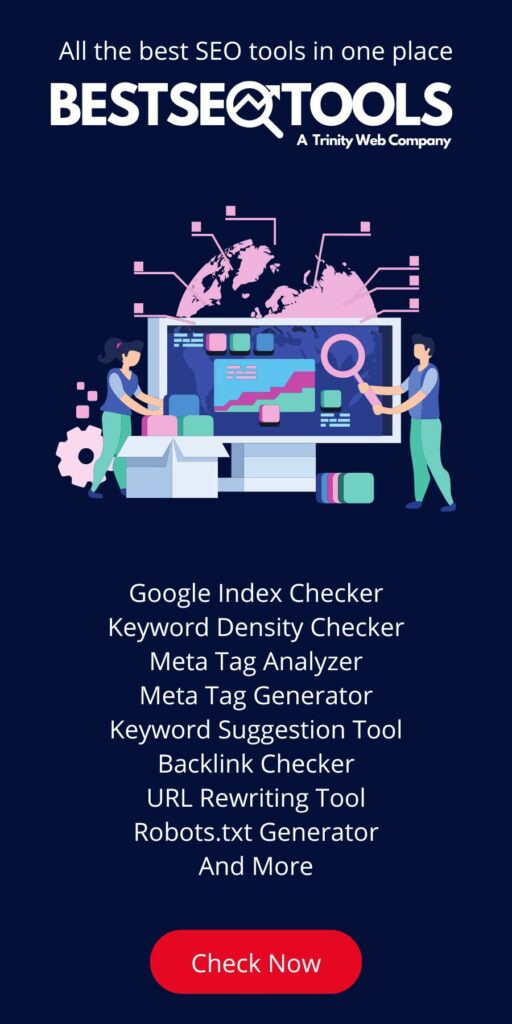Sticking to best SEO ( Search Engine Optimisation) practices can definitely help your SEO rankings!
SEO is the term used when ensuring your website, blog and other web based content is ranked well within the first page of a search engine. Various factors influence this ranking such as keywords in the content, naming your image text, alt text and captions which describes your relevant images. This is known as image optimisation and it aids the search engine in ranking your site or content.
Benefits of Using the Best SEO Formats for Images:
- Better user experience
- Faster page load times
- Important in ranking opportunities
Using the correct image formats when uploading is essential to the above process, PNG and JPEG are the most common for the web and here is how to use them in the best practise:
- PNG: Produces better quality images, but comes with a larger file size.
- JPEG: You may lose image quality, but you can adjust the quality level to find a good balance.
- WebP: Choose lossless or lossy compression by both Chrome and Firefox.
- Gif: supports 256 different colours chosen from the 24 bit RGB colour space.
The ideal file size
A file size below 70 kb is what you should aim for. In case of heavy files closer to 300 kb, the best you can achieve is a 100 kb file size. Doing so saves your images from taking extra milliseconds to load while it gives you lossy, compressed images so as not to compromise the visual quality.
Aspect ratios
Aspect ratios tell the width and height of an image and are written in an “x:y” format. Here’s a quick and simple answer to spot the most common image sizes for the web.

Naming images
Name your images in all small letters with hyphens in between and leave no spaces. As you’ve seen, I’ve used the keyword “image optimization” in the “five-tips-for-image-optimization” example. You’ll be surprised with how much that helps in ranking.
- Common errors when naming images: “Haphazard/random numbers and alphabets”, “Flowers can dance”, and “What was I thinking”
- Correct practise when naming images – “five-tips-for-image-optimization” and “the-ideal-method-for-naming-images-in-2019”

Conclusion: Best SEO Purpose Image Formats to Use
In closing, important questions to ask yourself when selecting, naming and sizing images:
- Do I need all these images?
- Which images are redundant?
- What’s the best place to put images on the site?
- Have I named correctly?
- Have I chosen the ideal format with which to post?
After reviewing the above and posting accordingly, you’re good to go!
For more guidance feel free to reach out to our team today!





